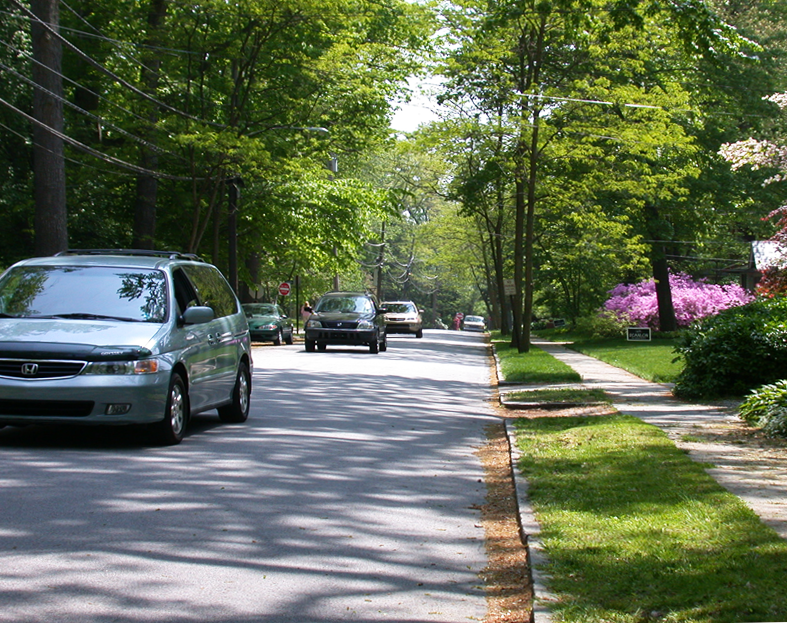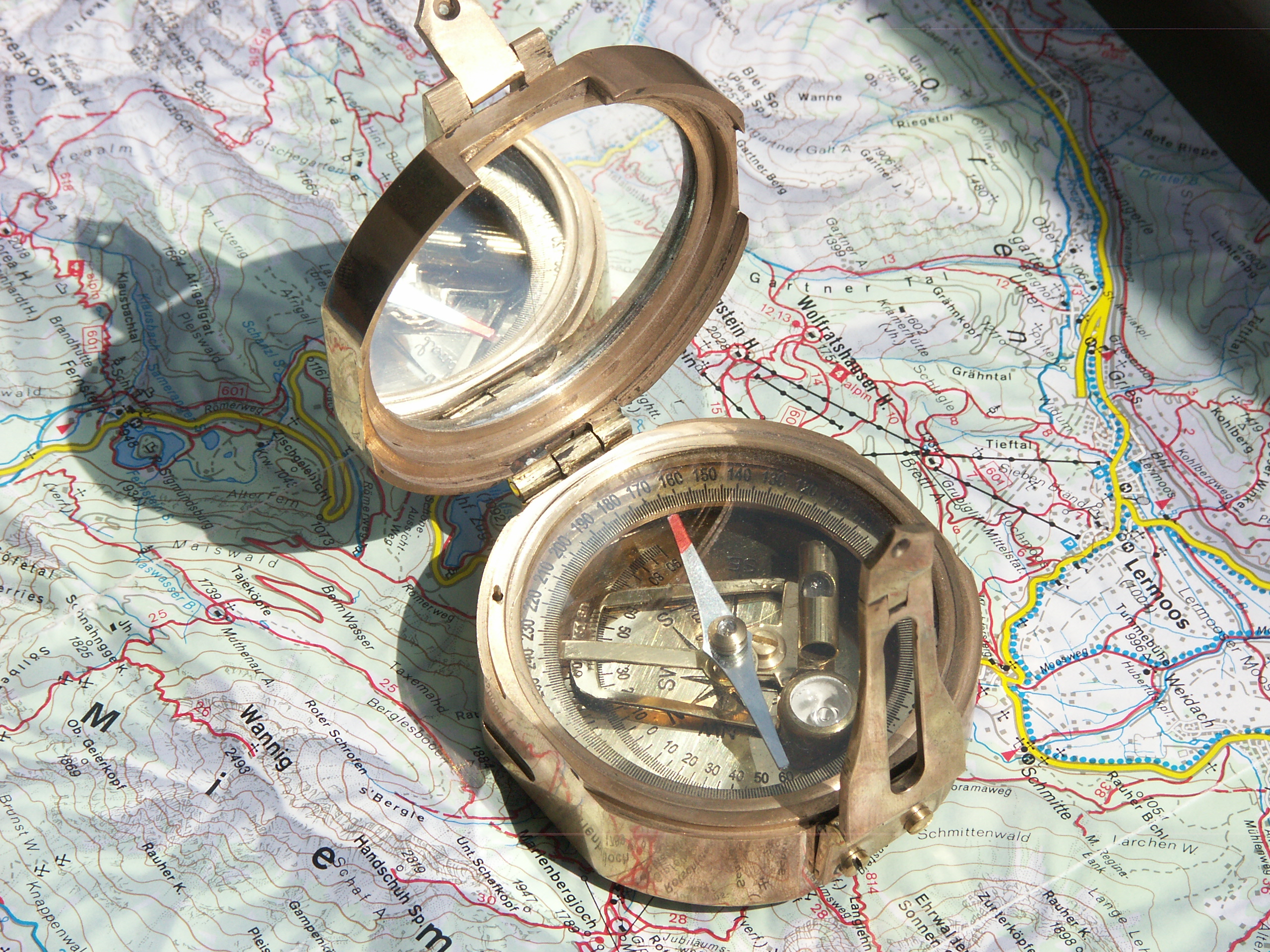|
Visuospatial Function
In cognitive psychology, visuospatial function refers to cognitive processes necessary to "identify, integrate, and analyze space and visual form, details, structure and spatial relations" in more than one dimension. Visuospatial skills are needed for movement, depth and distance perception, and spatial navigation. Impaired visuospatial skills can result in, for example, poor driving ability because distances are not judged correctly or difficulty navigating in space such as bumping into things. Visuospatial processing refers to the "ability to perceive, analyze, synthesize, manipulate and transform visual patterns and images". Visuospatial working memory (VSWM) is involved in recalling and manipulating images to remain oriented in space and keep track of the location of moving objects. Early impairment in visuospatial function is found in dementia with Lewy bodies and other conditions. See also * Sensory nervous system * Spatial memory * Visual agnosia * Visual spatia ... [...More Info...] [...Related Items...] OR: [Wikipedia] [Google] [Baidu] |
Cognitive Psychology
Cognitive psychology is the scientific study of human mental processes such as attention, language use, memory, perception, problem solving, creativity, and reasoning. Cognitive psychology originated in the 1960s in a break from behaviorism, which held from the 1920s to 1950s that unobservable mental processes were outside the realm of empirical science. This break came as researchers in linguistics and cybernetics, as well as applied psychology, used models of mental processing to explain human behavior. Work derived from cognitive psychology was integrated into other branches of psychology and various other modern disciplines like cognitive science, linguistics, and economics. History Philosophically, ruminations on the human mind and its processes have been around since the times of the Ancient Greece, ancient Greeks. In 387 BCE, Plato had suggested that the brain was the seat of the mental processes. In 1637, René Descartes posited that humans are born with innate ideas and ... [...More Info...] [...Related Items...] OR: [Wikipedia] [Google] [Baidu] |
Cognition
Cognition is the "mental action or process of acquiring knowledge and understanding through thought, experience, and the senses". It encompasses all aspects of intellectual functions and processes such as: perception, attention, thought, imagination, intelligence, the formation of knowledge, memory and working memory, judgment and evaluation, reasoning and computation, problem-solving and decision-making, comprehension and production of language. Cognitive processes use existing knowledge to discover new knowledge. Cognitive processes are analyzed from very different perspectives within different contexts, notably in the fields of linguistics, musicology, anesthesia, neuroscience, psychiatry, psychology, education, philosophy, anthropology, biology, systemics, logic, and computer science. These and other approaches to the analysis of cognition (such as embodied cognition) are synthesized in the developing field of cognitive science, a progressively autonomou ... [...More Info...] [...Related Items...] OR: [Wikipedia] [Google] [Baidu] |
Motor Coordination
In physiology, motor coordination is the orchestrated movement of multiple body parts as required to accomplish intended actions, like walking. This coordination is achieved by adjusting kinematic and kinetic parameters associated with each body part involved in the intended movement. The modifications of these parameters typically relies on sensory feedback from one or more sensory modalities (see multisensory integration), such as proprioception and vision. Properties Large degrees of freedom Goal-directed and coordinated movement of body parts is inherently variable because there are many ways of coordinating body parts to achieve the intended movement goal. This is because the degrees of freedom (DOF) is large for most movements due to the many associated neuro- musculoskeletal elements.Bernstein N. (1967). The Coordination and Regulation of Movements. Pergamon Press. New York. Some examples of non-repeatable movements are when pointing or standing up from sitting. Ac ... [...More Info...] [...Related Items...] OR: [Wikipedia] [Google] [Baidu] |
Depth Perception
Depth perception is the ability to perceive distance to objects in the world using the visual system and visual perception. It is a major factor in perceiving the world in three dimensions. Depth sensation is the corresponding term for non-human animals, since although it is known that they can sense the distance of an object, it is not known whether they perceive it in the same way that humans do. Depth perception arises from a variety of depth cues. These are typically classified into binocular cues and monocular cues. Binocular cues are based on the receipt of sensory information in three dimensions from both eyes and monocular cues can be observed with just one eye. Binocular cues include retinal disparity, which exploits parallax and vergence. Stereopsis is made possible with binocular vision. Monocular cues include relative size (distant objects subtend smaller visual angles than near objects), texture gradient, occlusion, linear perspective, contrast differences, a ... [...More Info...] [...Related Items...] OR: [Wikipedia] [Google] [Baidu] |
Spatial Cognition
In cognitive psychology, spatial cognition is the acquisition, organization, utilization, and revision of knowledge about spatial environments. It is most about how animals, including humans, behave within space and the knowledge they built around it, rather than space itself. These capabilities enable individuals to manage basic and high-level Cognition, cognitive tasks in everyday life. Numerous disciplines (such as cognitive psychology, neuroscience, artificial intelligence, geographic information science, cartography, etc.) work together to understand spatial cognition in different species, especially in humans. Thereby, spatial cognition studies also have helped to link cognitive psychology and neuroscience. Scientists in both fields work together to figure out what role spatial cognition plays in the brain as well as to determine the surrounding neurobiological infrastructure. In humans, spatial cognition is closely related to how people talk about their environment, find th ... [...More Info...] [...Related Items...] OR: [Wikipedia] [Google] [Baidu] |
Dementia With Lewy Bodies
Dementia with Lewy bodies (DLB) is a type of dementia characterized by changes in sleep, behavior change (individual), behavior, cognition, movement, and dysautonomia, regulation of automatic bodily functions. Unlike some other dementias, memory loss may not be an early symptom. The disease progressive disease, worsens over time and is usually diagnosed when cognitive impairment interferes with activities of daily living, normal daily functioning. Together with Parkinson's disease dementia, DLB is one of the two Lewy body dementias. It is a common form of dementia, but the prevalence is not known accurately and many diagnoses are missed. The disease was first described on autopsy by Kenji Kosaka (psychiatrist), Kenji Kosaka in 1976, and he named the condition several years later. REM sleep behavior disorder (RBD)—in which people lose the muscle paralysis (atonia) that normally occurs during Rapid eye movement sleep, REM sleep and act out their dreams—is a core feature. RBD ... [...More Info...] [...Related Items...] OR: [Wikipedia] [Google] [Baidu] |
Sensory Nervous System
The sensory nervous system is a part of the nervous system responsible for processing sense, sensory information. A sensory system consists of sensory neurons (including the sensory receptor cells), neural pathways, and parts of the brain involved in sensory perception and interoception. Commonly recognized sensory systems are those for Vision (sense), vision, Auditory system, hearing, somatic sensation, touch, taste, olfaction, smell, Vestibular system, balance and visceral sensation. Sense organs are transducers that convert data from the outer physical world to the realm of the mind where people interpret the information, creating their perception of the world around them. The receptive field is the area of the body or environment to which a receptor organ and receptor cells respond. For instance, the part of the world an eye can see, is its receptive field; the light that each Rod cell, rod or Cone cell, cone can see, is its receptive field. Receptive fields have been ident ... [...More Info...] [...Related Items...] OR: [Wikipedia] [Google] [Baidu] |
Spatial Memory
In cognitive psychology and neuroscience, spatial memory is a form of memory responsible for the recording and recovery of information needed to plan a course to a location and to recall the location of an object or the occurrence of an event. Spatial memory is necessary for orientation in space. Spatial memory can also be divided into egocentric and allocentric spatial memory. A person's spatial memory is required to navigate in a familiar city. A rat's spatial memory is needed to learn the location of food at the end of a maze. In both humans and animals, spatial memories are summarized as a cognitive map. Spatial memory has representations within working, short-term memory and long-term memory. Research indicates that there are specific areas of the brain associated with spatial memory. Many methods are used for measuring spatial memory in children, adults, and animals. Short-term spatial memory Short-term memory (STM) can be described as a system allowing one to temporarily ... [...More Info...] [...Related Items...] OR: [Wikipedia] [Google] [Baidu] |
Visual Agnosia
Visual agnosia is an impairment in recognition of visually presented objects. It is not due to a deficit in vision (acuity, visual field, and scanning), language, memory, or intellect. While cortical blindness results from lesions to primary visual cortex, visual agnosia is often due to damage to more anterior cortex such as the posterior occipital and/or temporal lobe(s) in the brain. /sup> There are two types of visual agnosia, apperceptive and associative. Recognition of visual objects occurs at two levels. At an apperceptive level, the features of the visual information from the retina are put together to form a perceptual representation of an object. At an associative level, the meaning of an object is attached to the perceptual representation and the object is identified. If a person is unable to recognize objects because they cannot perceive correct forms of the objects, although their knowledge of the objects is intact (i.e. they do not have anomia), they have appercepti ... [...More Info...] [...Related Items...] OR: [Wikipedia] [Google] [Baidu] |
Visual Spatial Attention
Visual spatial attention is a form of visual attention that involves directing attention to a location in space. Similar to its temporal counterpart visual temporal attention, these attention modules have been widely implemented in video analytics in computer vision to provide enhanced performance and human interpretable explanation of deep learning models. Spatial attention allows humans to selectively process visual information through prioritization of an area within the visual field. A region of space within the visual field is selected for attention and the information within this region then receives further processing. Research shows that when spatial attention is evoked, an observer is typically faster and more accurate at detecting a target that appears in an expected location compared to an unexpected location. Attention is guided even more quickly to unexpected locations, when these locations are made salient by external visual inputs (such as a sudden flash). Accordi ... [...More Info...] [...Related Items...] OR: [Wikipedia] [Google] [Baidu] |
Visual System
The visual system is the physiological basis of visual perception (the ability to perception, detect and process light). The system detects, phototransduction, transduces and interprets information concerning light within the visible range to construct an imaging, image and build a mental model of the surrounding environment. The visual system is associated with the eye and functionally divided into the optics, optical system (including cornea and crystalline lens, lens) and the nervous system, neural system (including the retina and visual cortex). The visual system performs a number of complex tasks based on the ''image forming'' functionality of the eye, including the formation of monocular images, the neural mechanisms underlying stereopsis and assessment of distances to (depth perception) and between objects, motion perception, pattern recognition, accurate motor coordination under visual guidance, and colour vision. Together, these facilitate higher order tasks, such as ... [...More Info...] [...Related Items...] OR: [Wikipedia] [Google] [Baidu] |






